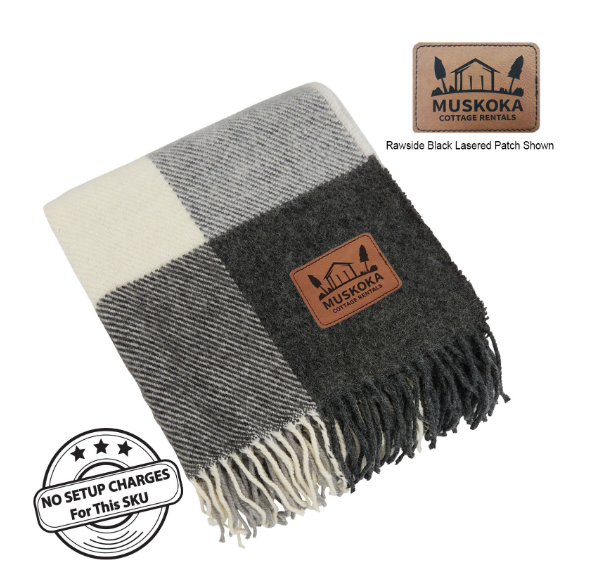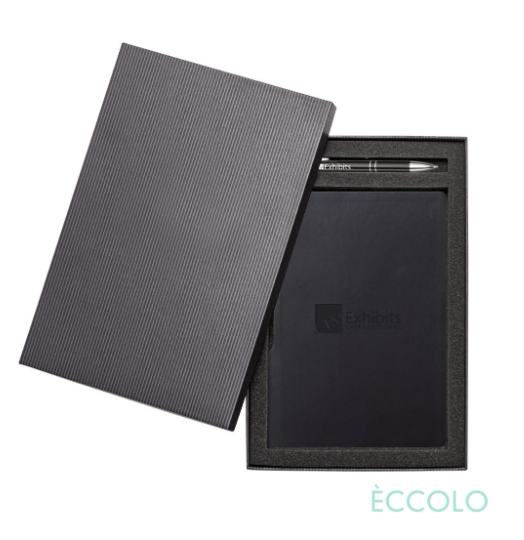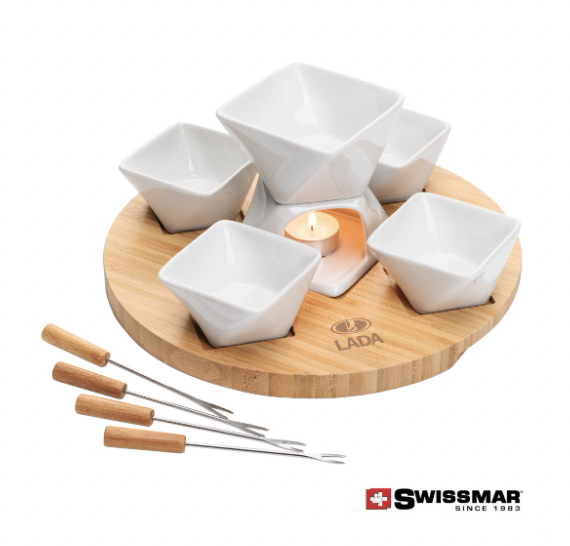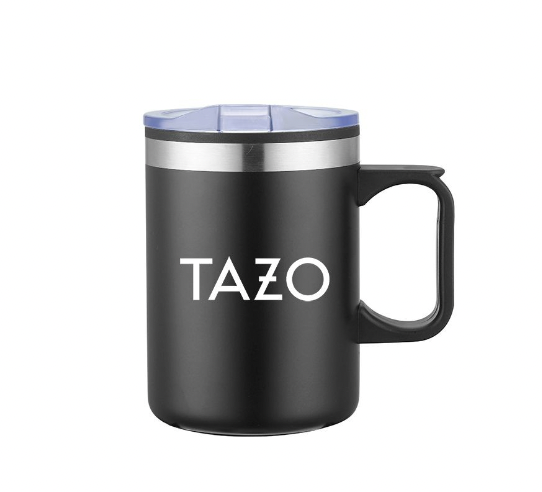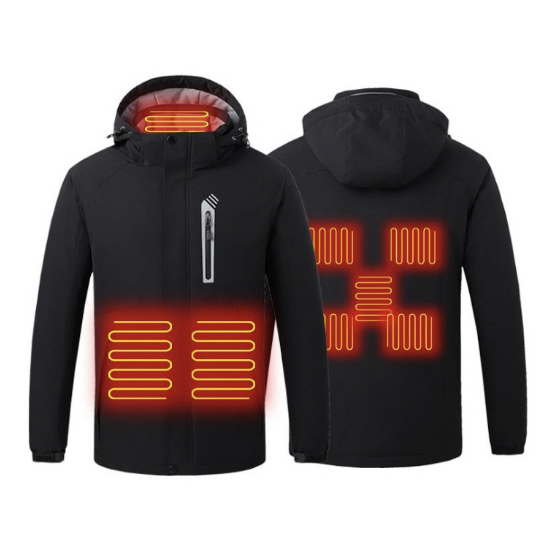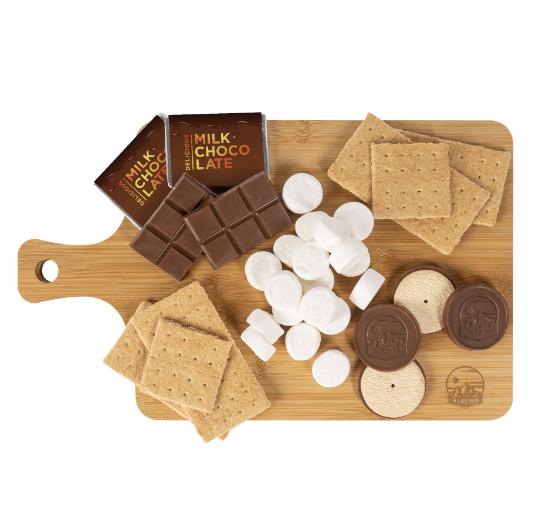In the fast-paced world of e-commerce, the efficient management of return packages is crucial for both customer satisfaction and business success. Toronto, a hub for economic activity, houses numerous warehouses that play a pivotal role in handling the intricate process of returned goods. In this blog, we will unravel the layers of complexity involved in processing return packages at Toronto warehouses, exploring step-by-step operations and cutting-edge technologies involved.
Step 1: Receiving the Return
The journey of a returned package begins as soon as it arrives at the warehouse's doorstep. Upon reception, the first step is to accurately log the returned item into the system. Modern warehouses employ advanced barcode scanning systems and radio-frequency identification (RFID) technology to expedite this process. This ensures real-time visibility into the warehouse's inventory and aids in tracking the return's status.
Step 2: Inspection and Quality Control
Once logged, the returned item undergoes a meticulous inspection and quality control process. Warehouse personnel carefully examine the product to determine its condition, ensuring it meets the return policy criteria. Some high-tech warehouses leverage machine learning algorithms and computer vision to automate this inspection, speeding up the process while maintaining accuracy.
Step 3: Return to Inventory or Processing Center
Depending on the inspection outcome, the returned item is then directed to either be reintegrated into the inventory or sent to a specialized processing center. Integration into the inventory involves updating the system and making the item available for resale. In contrast, items requiring further processing are routed to a designated area where experts assess whether they can be refurbished, repackaged, or recycled.
Step 4: Refurbishing and Repackaging
For returned items that can be salvaged, warehouses often have dedicated refurbishing stations equipped with state-of-the-art technology. Skilled technicians leverage diagnostic tools and automated systems to identify and fix any issues. Once refurbished, the item is repackaged with precision, ensuring it looks and functions like new. The use of automation, such as robotic arms and conveyor systems, streamlines this process, increasing efficiency and minimizing human error.
Step 5: Recycling and Sustainability
In instances where returned items are beyond repair or refurbishment, warehouses prioritize sustainability by diverting these products away from landfills. Advanced recycling centers within warehouses utilize eco-friendly practices to dismantle, sort, and recycle materials, contributing to a more environmentally conscious approach to e-commerce returns.
Step 6: Data Analytics for Process Optimization
Toronto warehouses leverage data analytics tools to continuously monitor and optimize the return handling process. By analyzing patterns and trends, warehouses can identify areas for improvement, reduce processing times, and enhance overall efficiency. Machine learning algorithms play a crucial role in predicting return patterns and identifying strategies to minimize returns, contributing to a more streamlined and cost-effective operation.
The complexities of handling return packages emphasize the importance of a well-oiled system to navigate the challenges of e-commerce. From cutting-edge technology such as RFID and machine learning to sustainable practices in recycling, every step plays a vital role in ensuring the seamless flow of returned items. As technology continues to evolve, Toronto warehouses will undoubtedly embrace innovative solutions, further refining their processes to meet the ever-growing demands of the e-commerce landscape.
To learn more about Toronto Warehousing and Fulfillment Solutions, contact us!


















































